Why you can trust TechRadar
We spend hours testing every product or service we review, so you can be sure you’re buying the best. Find out more about how we test.
This review first appeared in issue 359 of PC Pro.
A highly modular approach makes Commvault’s Cloud an attractive choice for businesses that want a hybrid backup solution they can tailor precisely to their needs. Originally launched a few years ago as Metallic and now integrated into Commvault’s cyber resiliency and recovery cloud platform, it comprises 16 distinct components so looks to have every data protection requirement covered.
For essential off-site backup, you can use Commvault’s cloud storage as a backup destination or choose from 26 third-party providers including Amazon Web Services (AWS), Microsoft Azure and Google. Commvault gives ransomware attacks a hard time, as its Azure-based cloud storage is air-gapped and immutable, with modules now provided for risk analysis and backup content malware scans.
The Security IQ feature presents a security posture rating plus options to enforce extra authorization for restores and deletions. The unusual file activity service alerts you if it detects ransomware attacks and presents the last good recovery point for swift data recovery.
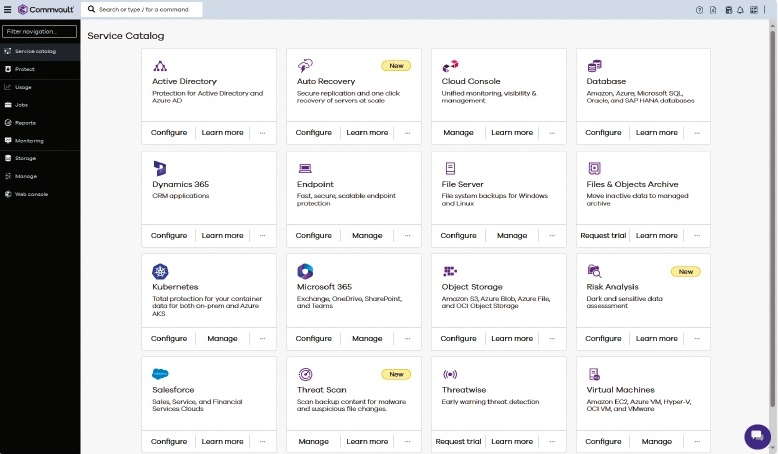
The cloud portal presents a service catalogue list, and selecting a module takes you to a dedicated configuration page. Plenty of help is at hand as each one provides details of all prerequisites and clear setup instructions.
After assigning the systems, applications or services the module is to protect, you choose your storage locations; for hybrid backup, Commvault supports local storage or network shares as the primary location and a cloud repository as the secondary stage. Next, you assign a backup plan that defines your recovery point objective (RPO), backup window and data retention periods.
We wanted to protect the lab’s Hyper-V and VMware hosts, which required the Commvault gateway component installed on a Windows Server host on the same network. Downloaded from the portal, this manages communications between sources and destinations and handles all caching, deduplication and hash tables. For Hyper-V backups, you’ll also need Commvault’s VSA package installed on each host server.
We declared a Synology NAS for our primary backup location, used Commvault’s cloud for secondary storage, and each plan started by backing up selected virtual machines (VMs) to our NAS appliance. On completion, they ran an auxiliary job to replicate the local store to the cloud, and the transfer process is speeded up by only sending deduplicated data.
VMware recovery services are outstanding: we could browse and restore guest files, the entire VM or its VMDK files. The live recovery and live mount services can quickly reinstate a failed VM, with the latter loading them directly from a backup on primary storage.
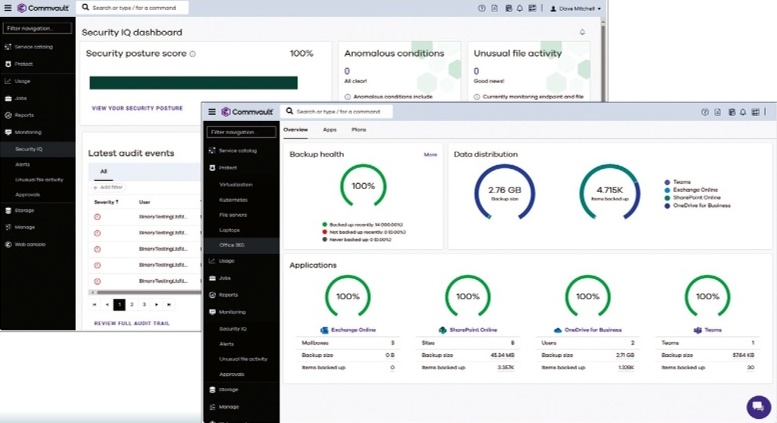
A fine choice of cloud-to-cloud backup modules are available, and we found the MS365 option a cinch to deploy. You do need to authenticate separately with Exchange, SharePoint, OneDrive and Teams, but the entire process is handled very smoothly and we had our entire MS365 account backed up in 15 minutes. For item recovery, you select the required MS365 component, choose a recovery point, view all available versions and restore it to the original location or another MS365 user.
The Endpoint module supports Windows, macOS and Linux clients. Once users have installed Commvault’s Edge Monitor app and logged in to their account, it applies your predefined plan. This backs up their system to the cloud, creates a local drive letter for drag-and-drop restores and provides access to a personal self-service web portal.
Pricing could be more transparent, but Commvault Cloud is a great choice for businesses that want a highly customizable cloud backup solution. It offers an impressive range of easily deployed modules so you only pay for what you need, and it has a keen focus on data security and ransomware protection.
We’ve also ranked the best encryption software.
Probably the most respected tester of IT equipment in the UK, if you’ve bought a piece of kit for the office – whether printer, server or rack appliance – then you’ve probably read Dave’s verdict at some point along the way.
What is a hands on review?
Hands on reviews’ are a journalist’s first impressions of a piece of kit based on spending some time with it. It may be just a few moments, or a few hours. The important thing is we have been able to play with it ourselves and can give you some sense of what it’s like to use, even if it’s only an embryonic view. For more information, see TechRadar’s Reviews Guarantee.
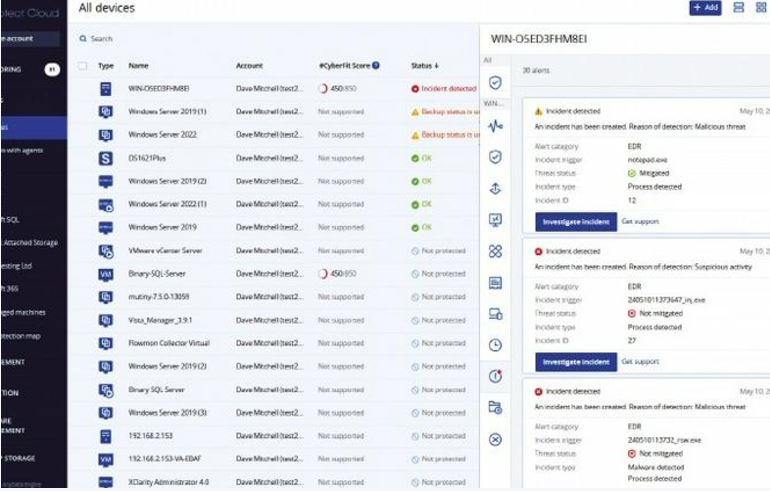
Acronis Cyber Protect 16 Advanced review

Why VMWare’s legacy strengths no longer justify its modern complexities
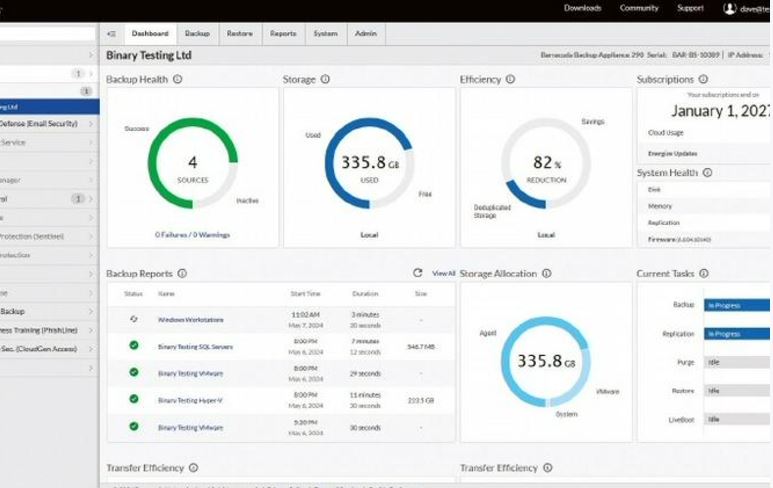
Barracuda Backup 290 review
Most Popular

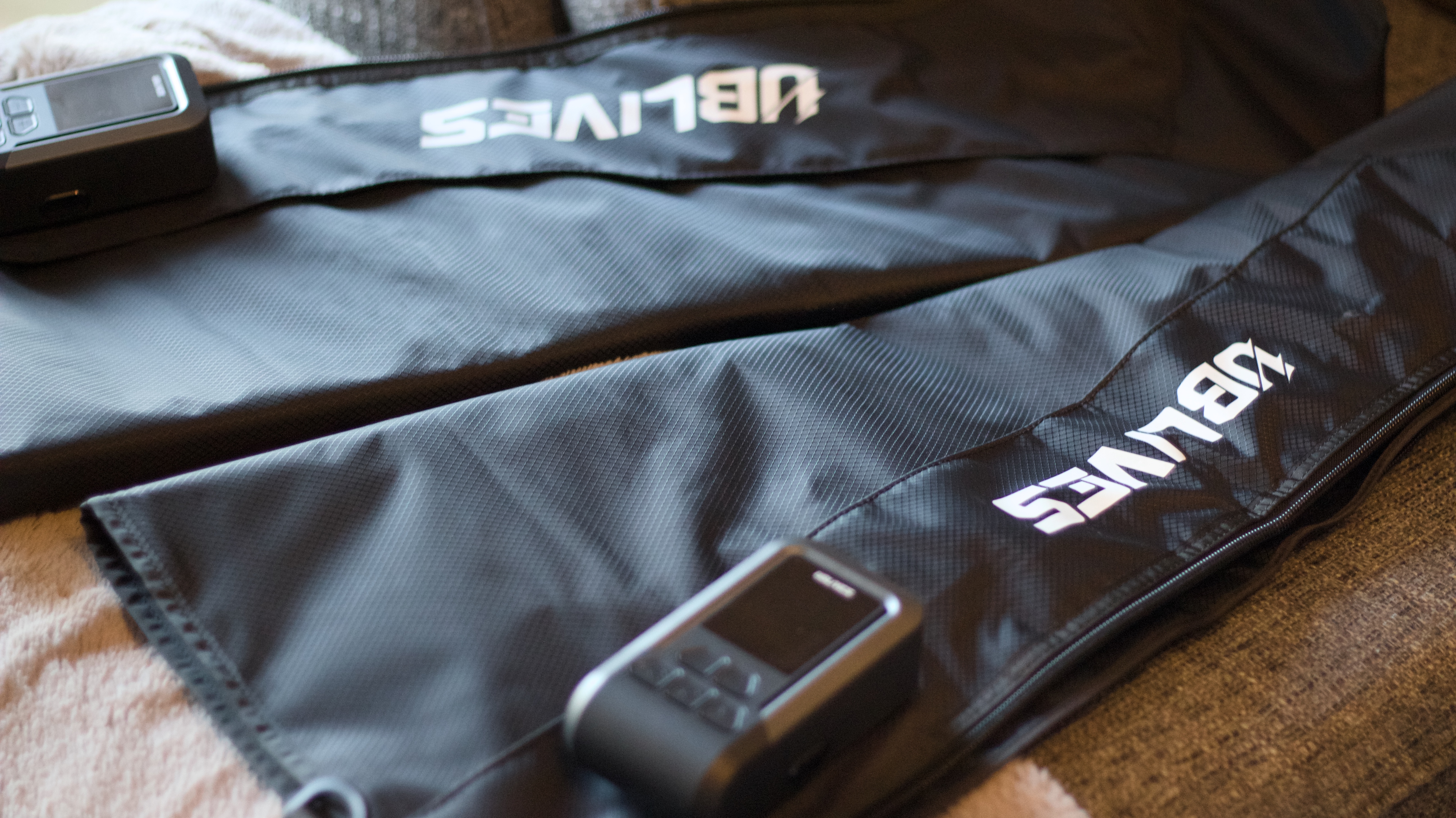
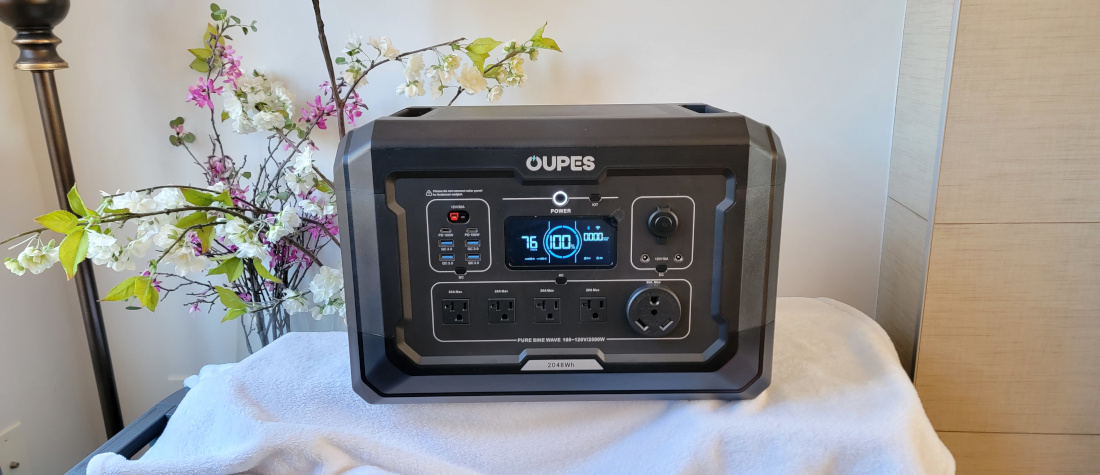







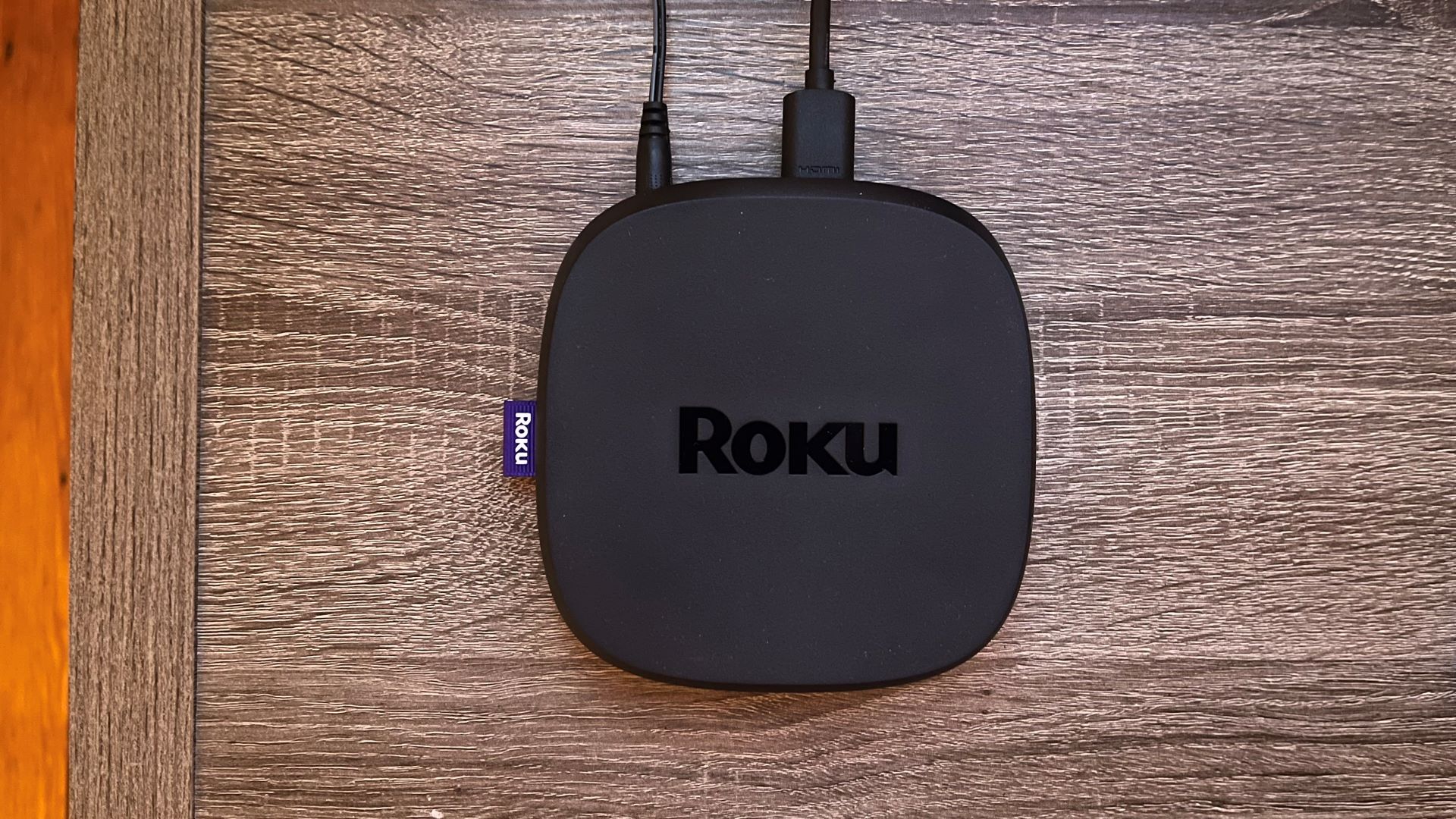
-
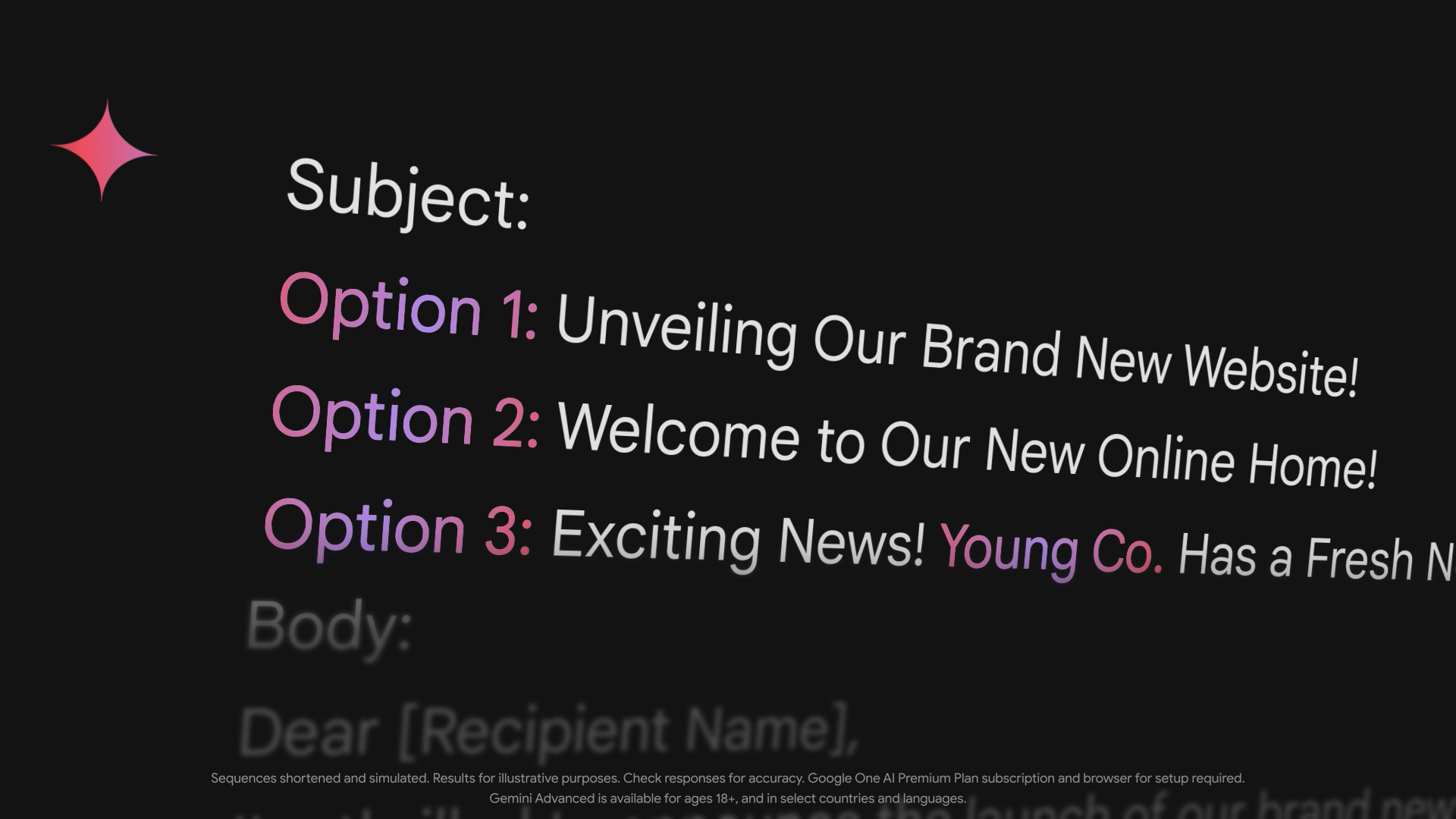 1Google is giving Gemini AI a memory for your favorite things
1Google is giving Gemini AI a memory for your favorite things -
2NYT Connections today — hints and answers for Thursday, November 21 (game #529)
-
3NYT Strands today — hints, answers and spangram for Thursday, November 21 (game #263)
-
4Quordle today – hints and answers for Thursday, November 21 (game #1032)
-
5Meta AI smart glasses say bonjour, hola, and ciao to Europe and new languages



